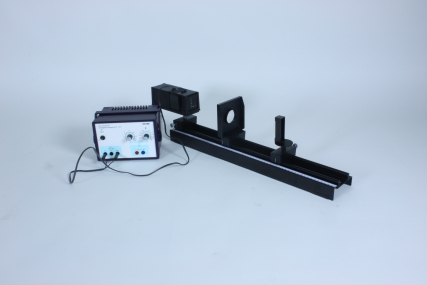
|
|
|||||||||||||||||||||||||||||||||
|
Technical data Determining the focal length of a convex lensArticle no: P1068300

Principle Two experimental variants for the determination of the focal length of a convex lens are suggested, so that at least once the students can discuss the advantages and disadvantages of each. The second variation is less accurate but easier to understand than the first. If the teacher decides to have the students carry out only one variant, then the determination of the focal length by autocollimation is to be preferred. Benefits
Tasks How is the focal length of a convex lens determined? Determine the focal length of a convex lens (convergent lens) with two different methods: 1. by autocollimation 2. by uniting parallel light at the focal point. Scope of delivery
|
|||||||||||||||||||||||||||||||||
|
|
PHYWE Systeme GmbH & Co. KG
Robert-Bosch-Breite 10 – 37079 Göttingen – Germany
www.phywe.com
Robert-Bosch-Breite 10 – 37079 Göttingen – Germany
www.phywe.com

